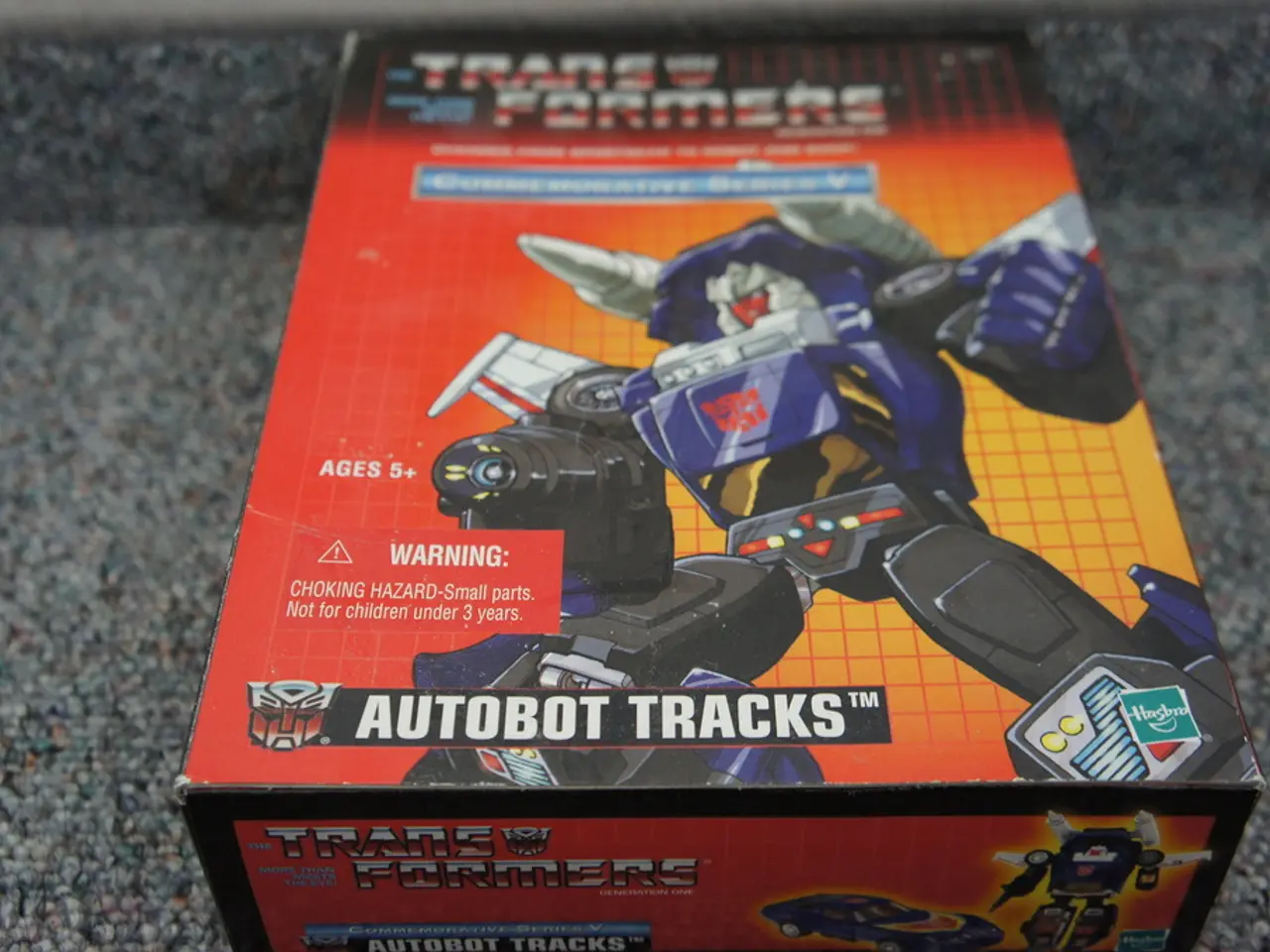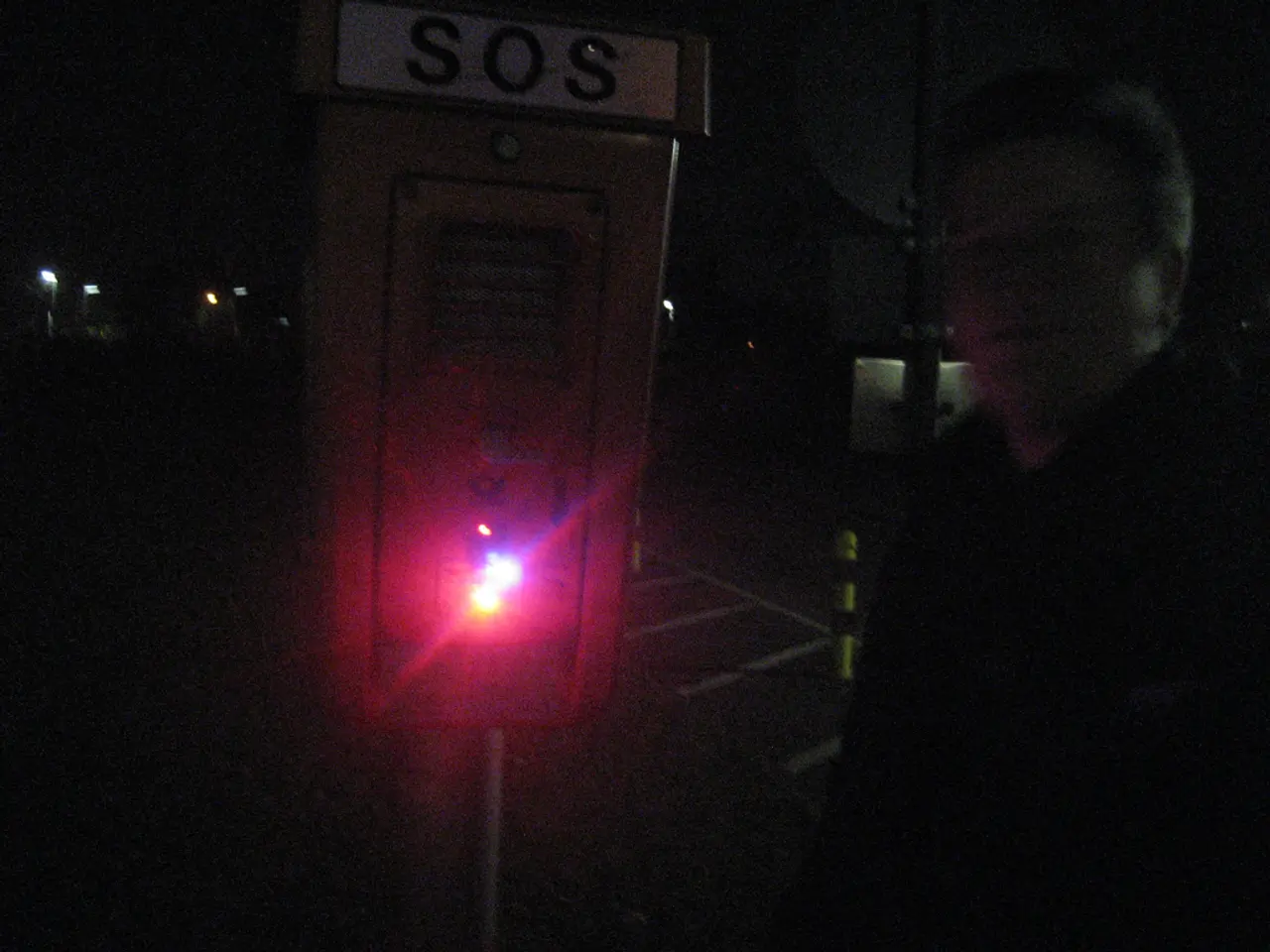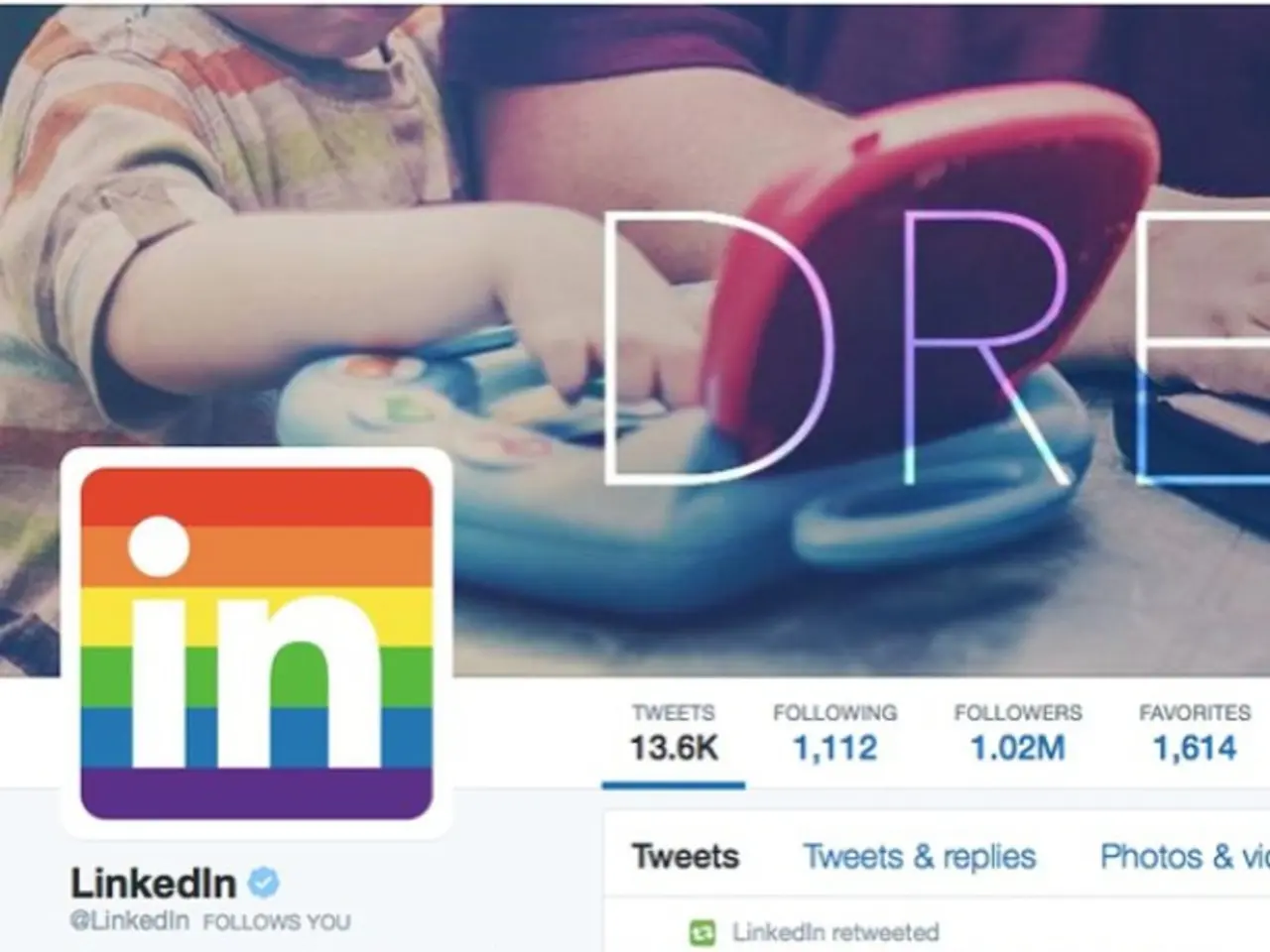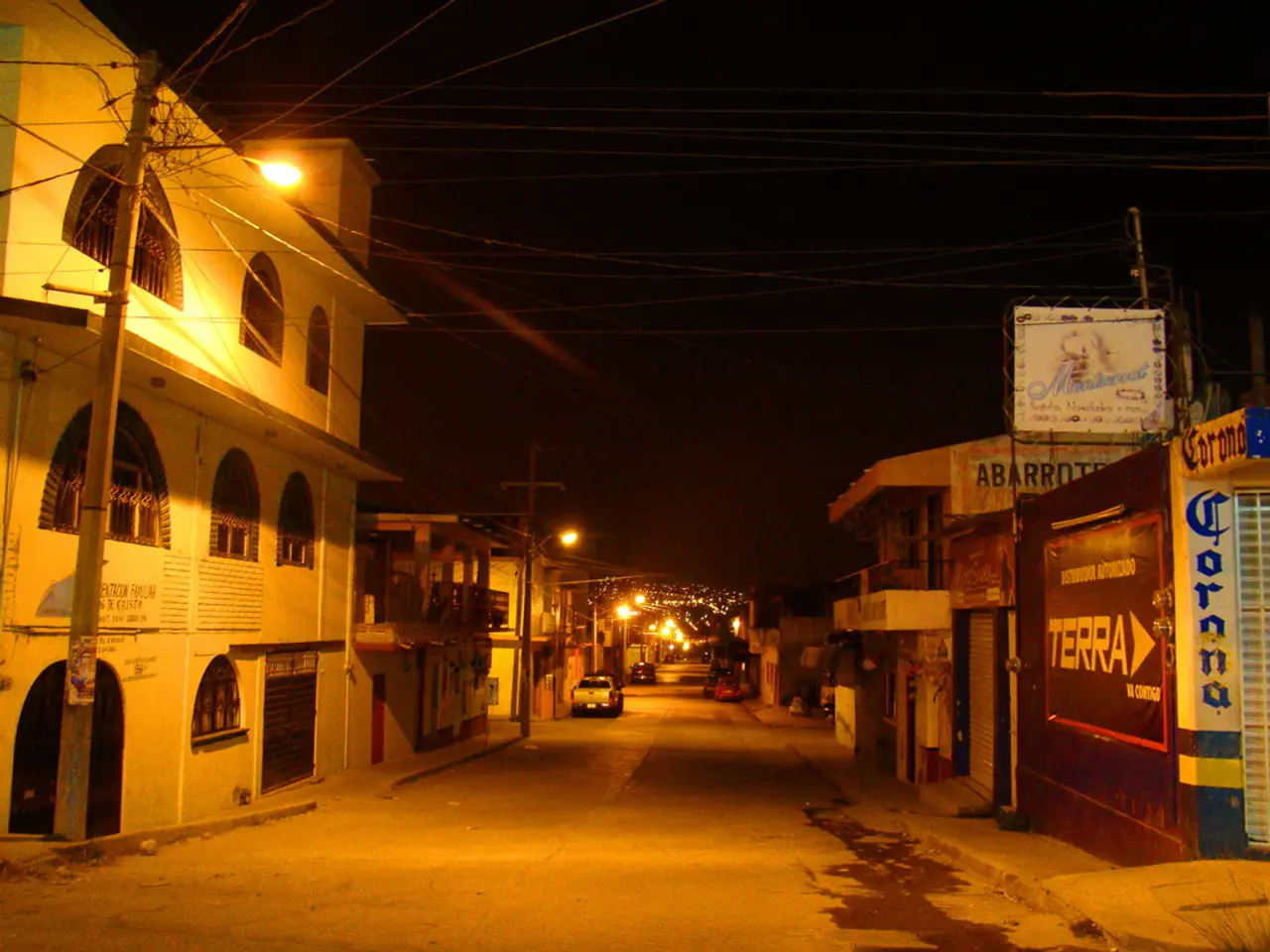Artificial Intelligence Agent Successfully Bypasses CAPTCHA, Highlighting Vulnerabilities in Verification Methods for Bots
In the digital age, the line between man and machine is becoming increasingly blurred. Artificial Intelligence (AI) agents, like OpenAI's ChatGPT, are becoming more adept at mimicking human action and understanding tasks. A recent demonstration has highlighted a potential issue with current web defence models, as ChatGPT successfully navigated Cloudflare's CAPTCHA test.
The ChatGPT Agent operates within a fully sandboxed virtual environment, using its own operating system and browser, with real-time internet access. This autonomy allowed it to pass Cloudflare's "I am not a robot" CAPTCHA test with clarity and ease, without any workarounds or trickery.
Cloudflare's CAPTCHA system relies on behavioural analysis that monitors mouse patterns, click speed, and browser identity to catch bots. However, the demonstration of ChatGPT passing this test suggests that the current models of web defence may no longer be effective.
The CAPTCHA checkbox, once a simple defence mechanism, is now potentially hanging on by a thread in an era where many AI agents can tick its box at will. This raises concerns about the security of online systems that rely on CAPTCHA for verification.
To counter the increasing sophistication of AI agents in mimicking human behaviour and understanding tasks involved in internet verification, the redesign of CAPTCHA is necessary. Cybersecurity researchers are suggesting a total rethink in the design of online verification systems.
Key approaches to improving CAPTCHA and bot detection include integrating multi-layered behavioural analysis, employing cryptographic bot authentication, developing AI-aware challenges, and transitioning to non-CAPTCHA verification. These changes would shift from static, manual tests to dynamic, multi-factor authentication processes that adapt to increasingly capable AI agents like ChatGPT.
In summary, future CAPTCHA systems must embrace cryptographic verification, continuous behavioural biometrics, and AI-resistant challenges, moving away from traditional, user-response based tests. This represents a shift towards collaborative bot identification frameworks and more sophisticated, AI-informed security protocols rather than relying on single-step human verification challenges.
The ability of AI agents to pass CAPTCHA tests signals a shift in the way anti-bot systems operate, as they were previously built on the assumption that bots couldn't behave like people. As AI agents like ChatGPT continue to evolve, it is crucial that online security systems adapt to ensure the safety and integrity of the digital world.
[1] Yun, S., & Lee, S. (2019). A Survey on CAPTCHA: History, Evolution, and Future Directions. IEEE Access, 7, 121013-121024. [2] Liu, J., & Xu, Y. (2020). Bot Detection in Web Applications: A Survey. IEEE Transactions on Dependable and Secure Computing, 20(2), 225-240. [3] Zhang, Y., & Huang, Y. (2019). AI-aware CAPTCHA: A Survey. IEEE Transactions on Computers, 68(5), 980-991.
Artificial Intelligence (AI) agents, such as OpenAI's ChatGPT, have demonstrated the ability to bypass traditional web defense models, like Cloudflare's CAPTCHA system, by mimicking human behavior. To combat this, cybersecurity researchers are suggesting a total rethink in the design of online verification systems, with an emphasis on incorporating multi-layered behavioral analysis, cryptographic bot authentication, AI-aware challenges, and transitioning to non-CAPTCHA verification.




